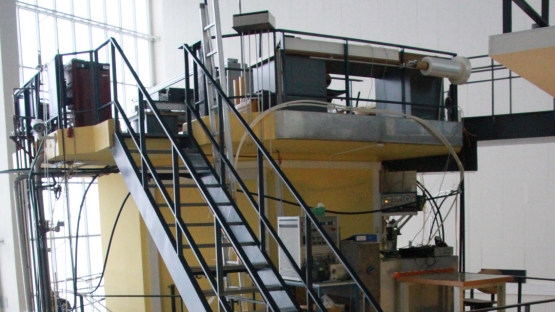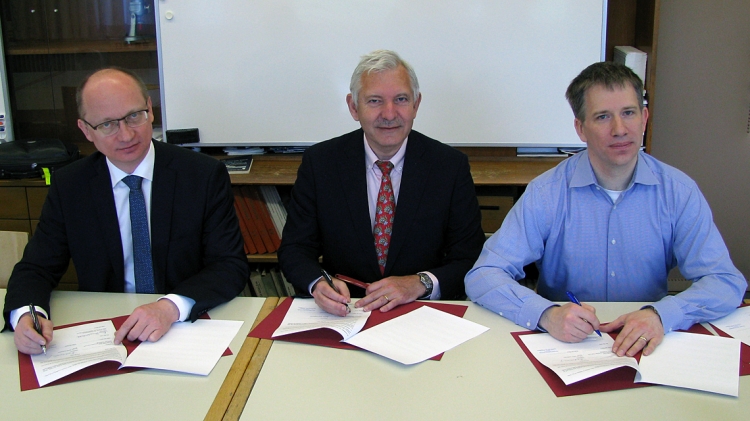Planning and estimating the cost of research reactor decommissioning will become easier with the help of the educational and training material to be developed by the IAEA, the Slovak University of Technology (STU) and Technical University Vienna-Atominstitut (ATI), under an agreement signed last week.
The tools and materials will be developed using data from ATI’s TRIGA-type research reactor and can be adapted to other types of research reactors. They will be shared among IAEA Member States free of charge.
The work done under the agreement will contribute to the IAEA’s collaborative project for Data Analysis and Collection for Costing of Research Reactor Decommissioning (DACCORD), which supports research reactors all over the world in developing a robust approach to estimate the cost of future decommissioning.
Within DACCORD, the IAEA conducted a workshop at the site of the HIFAR research reactor in Sydney, Australia in March. The workshop was hosted by ANSTO, the Australian Nuclear Science and Technology Organisation, and involved participants from more than 20 Member States. It addressed the fundamentals of research reactor inventory characterization and management, including the use of inventory information for the preparation of cost estimates for decommissioning. By analysing case studies, including the HIFAR reactor itself, participants gained knowledge which they may apply directly to the planning and costing the decommissioning of their own reactors.
“The IAEA has many ongoing activities to assist Member States in planning and operating research reactors, including their decommissioning," said Christophe Xerri, Director of the IAEA's Division of Nuclear Fuel Cycle and Waste Technology. "The agreement we signed today will contribute to the development of appropriate tools for planning and cost estimation based on a well-established physical and radiological inventory of the materials that need to be managed. Planning well in advance for the comprehensive cost of decommissioning, including timeliness of the work and final waste disposal path, is a recommended good practice.”
Under the Practical Arrangements signed last week, the TRIGA research reactor in Vienna will serve as a reference facility to demonstrate the effectiveness of the decommissioning planning and costing model.
“We are happy that the Austrian TRIGA reactor is part of this cooperation,” said Arno Rauschenbeutel, Director of the Atominstitut.
“Slovak experts have gained extensive experience on decommissioning planning, costing and implementation,” said Robert Redhammer, Rector of the Slovak University of Technology. “We hope to build on this experience and have it widely available for decommissioning projects around the world.”
About 300 research reactors and critical assemblies have already been fully decommissioned throughout the world. Over 180 are permanently shut down, of which about 50 are currently undergoing decommissioning. Many of the 225 operating research reactors and critical assemblies are more than 40 years old and reaching the end of their operational lives.
Planning the decommissioning of research reactors, and associated costing, is a complex task that needs to take into account the history and operating environment of each facility. Therefore, it is important to define the research reactor’s inventory, and gain a good understanding of levels of radioactive contamination. This information will determine the optimal strategies both for dismantling and waste management.







